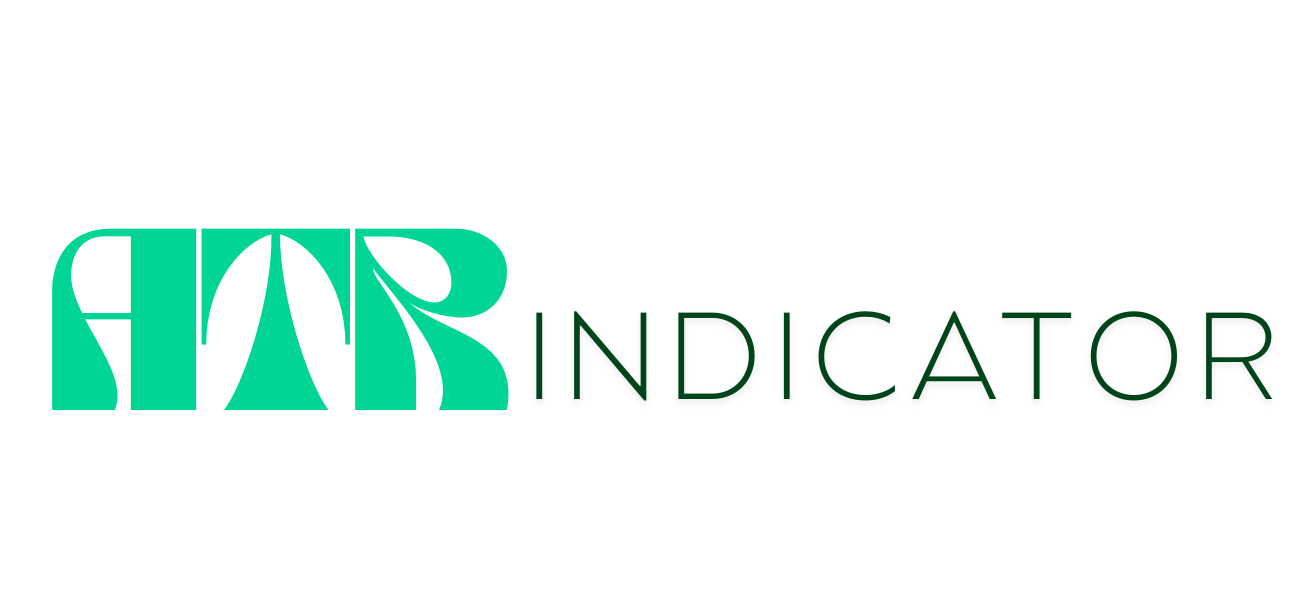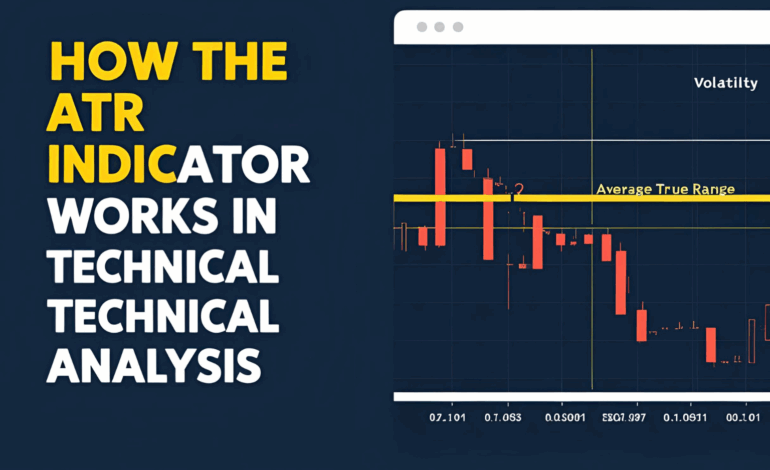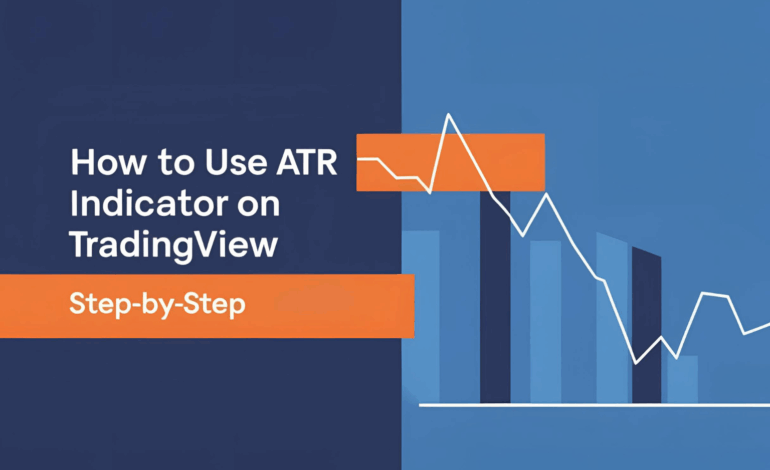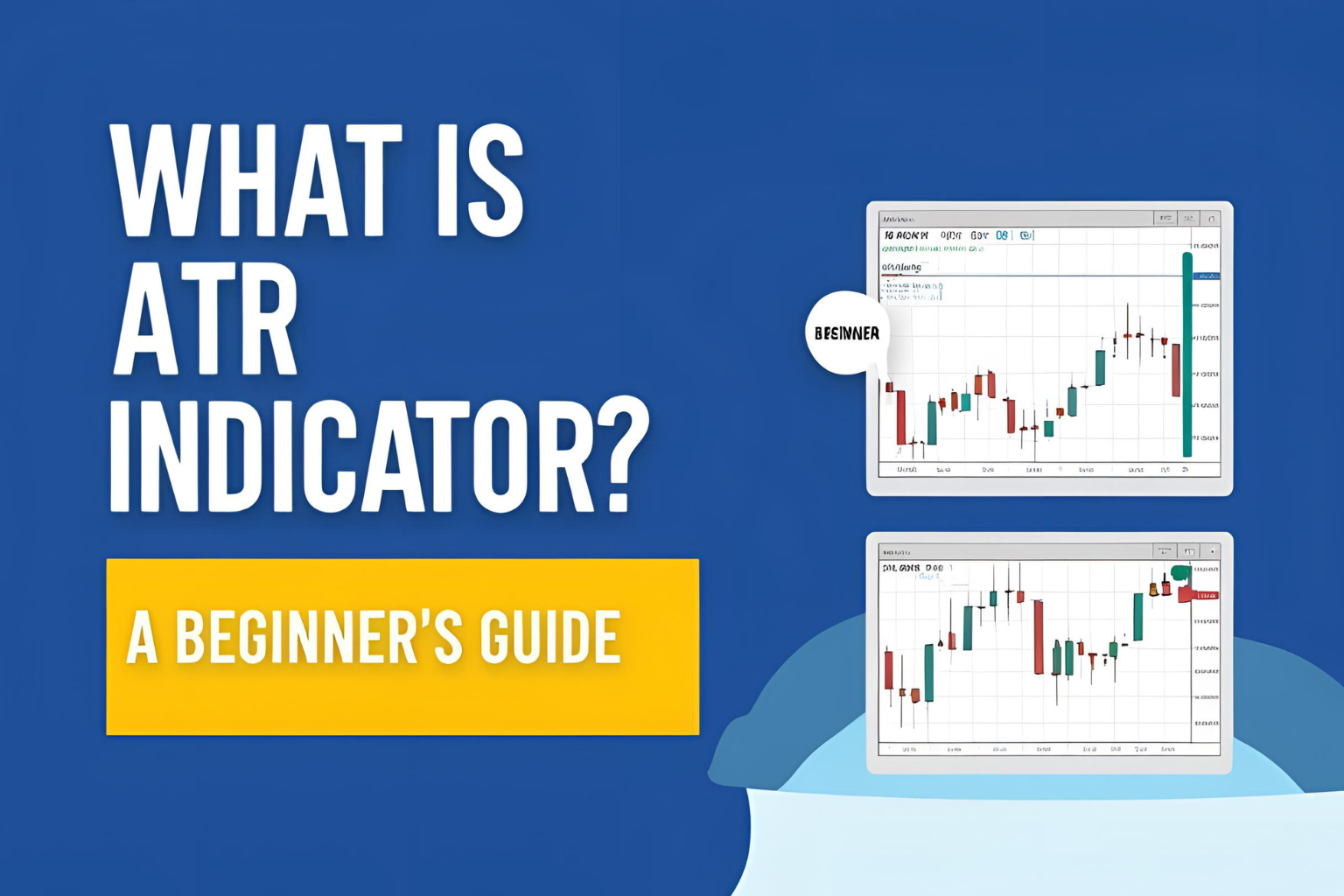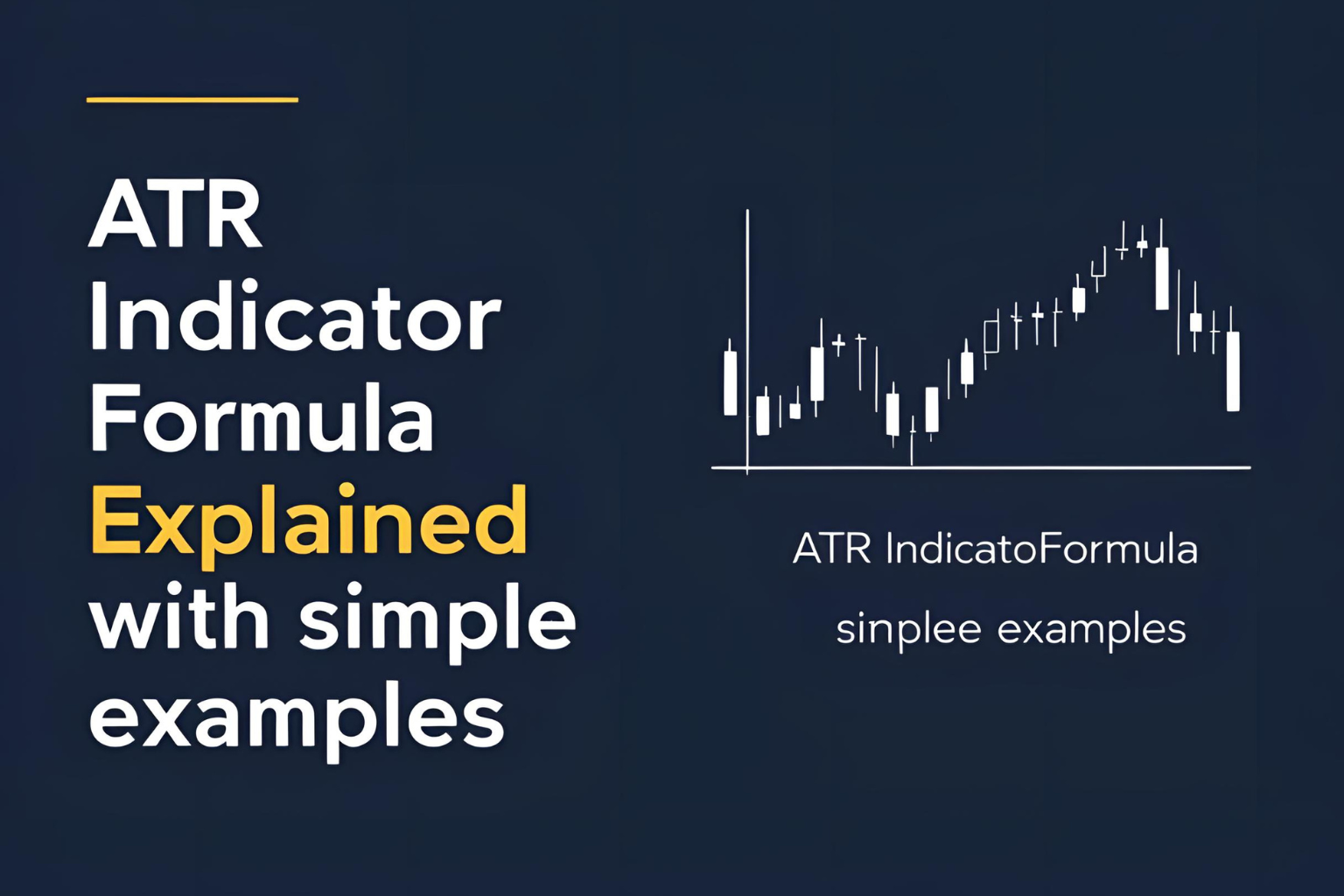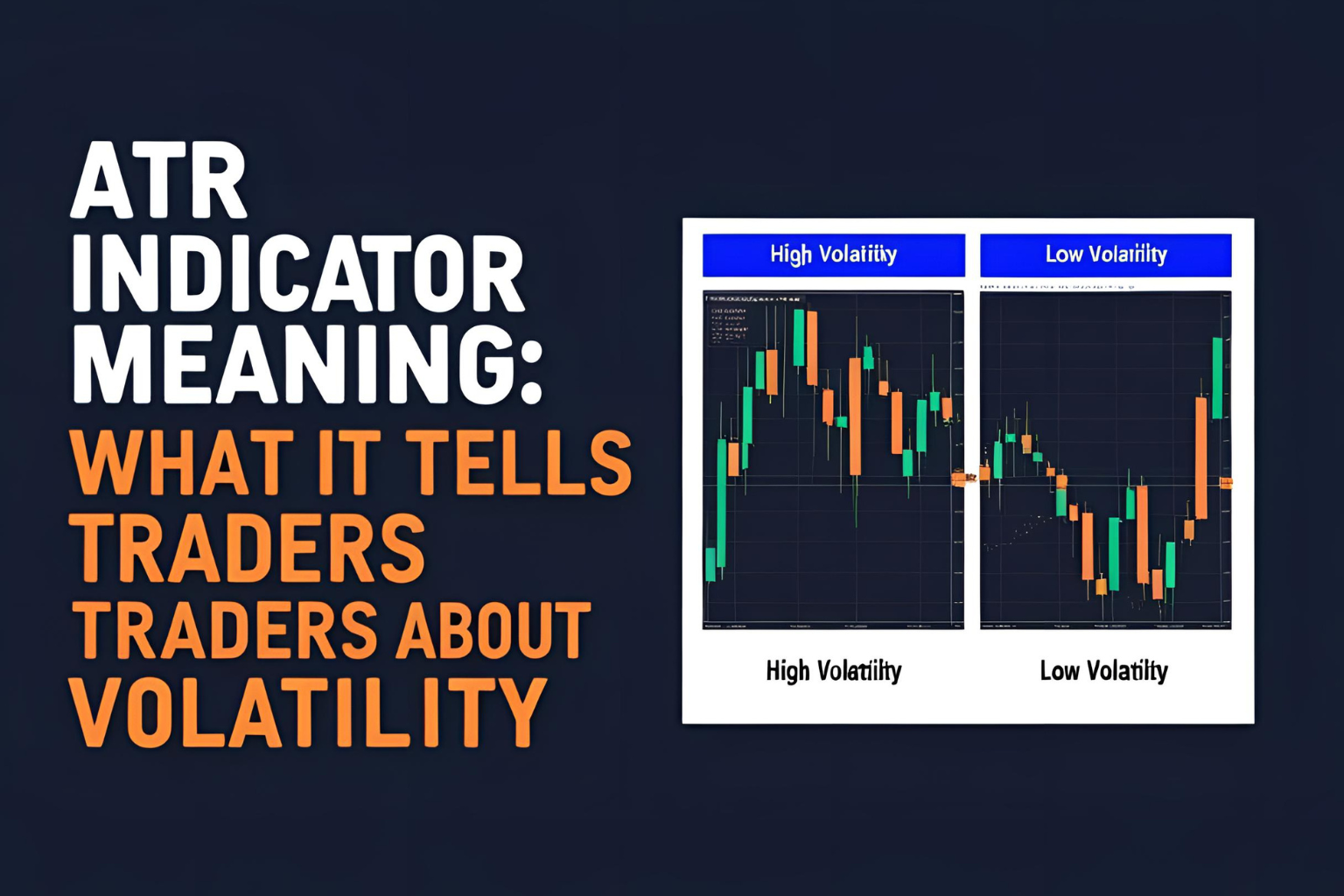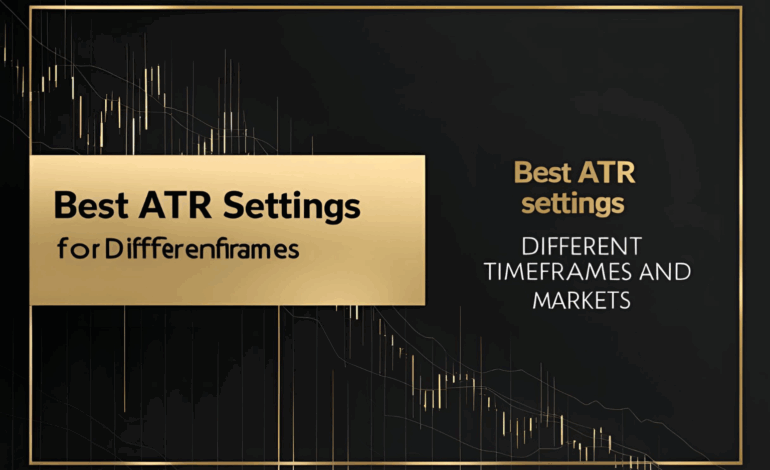
Best ATR Settings for Different Timeframes and Markets
Choosing the best ATR settings depends on your trading style, market, and timeframe. While the default ATR period is 14, it’s not a one-size-fits-all number. Traders adjust the ATR settings to better reflect volatility in different market conditions.
This guide will help you choose the right ATR period for scalping, intraday, swing, and long-term trading across stocks, forex, and crypto.
What Does the ATR Setting Mean?
The ATR setting refers to the number of periods over which the average true range is calculated. A higher number results in a smoother, less sensitive line. A lower number gives you a faster, more responsive ATR line.
- Shorter Periods (e.g., 5–10) = Reacts quickly to volatility spikes
- Longer Periods (e.g., 20–21) = Smoother signal, less noise
Recommended ATR Settings by Timeframe
🔹 Scalping (1-min to 5-min charts)
- Best ATR Period: 5 to 10
- Why: Reacts quickly to sharp price movements, suitable for quick trades
🔹 Intraday Trading (15-min to 1-hour charts)
- Best ATR Period: 10 to 14
- Why: Balances speed and smoothness for trades lasting minutes to hours
🔹 Swing Trading (4-hour to daily charts)
- Best ATR Period: 14 to 21
- Why: Captures broader market volatility, useful for multi-day positions
🔹 Position Trading or Investing (Daily to Weekly charts)
- Best ATR Period: 21 or higher
- Why: Focuses on macro trends, filters out short-term noise
Recommended ATR Settings by Market Type
📈 Stocks
- Volatile small-caps: Use shorter ATR (e.g., 10)
- Large-cap or blue-chip: Use ATR 14 to 21
💱 Forex
- Pairs like EUR/USD or USD/JPY: ATR 14 is standard
- Exotic pairs: Consider ATR 10 for quicker adjustments
🪙 Cryptocurrency
- Highly volatile, so ATR 10 to 14 works best for most coins
- For stablecoins or larger caps like BTC: Use ATR 14 to 21
Tip: Customize Based on Strategy
- For tight stop-loss strategies: Use shorter ATR settings
- For trend-following: Use longer ATR to reduce false signals
You can test multiple ATR periods using backtesting or demo accounts to fine-tune your setup.
Conclusion
There’s no universal “best” ATR setting. The right value depends on your trading goals, market type, and timeframe. Start with the default ATR 14, then experiment with 5, 10, or 21 based on how reactive or smooth you want the volatility data to be.
✅ FAQs
1. Is ATR 14 the best setting for all traders?
ATR 14 is a solid default, but it may not be ideal for scalpers or long-term investors.
2. What happens if I reduce the ATR period?
The ATR will become more sensitive to recent price changes.
3. Should I use different ATR settings for crypto?
Yes, crypto is highly volatile, so slightly shorter ATR periods like 10–14 often work better.
4. Can I use multiple ATR settings together?
Yes, advanced traders sometimes compare multiple ATR lines for trend strength.
5. Is it okay to use custom ATR periods like 7 or 18?
Absolutely. The key is to backtest and see which period works best for your system.
